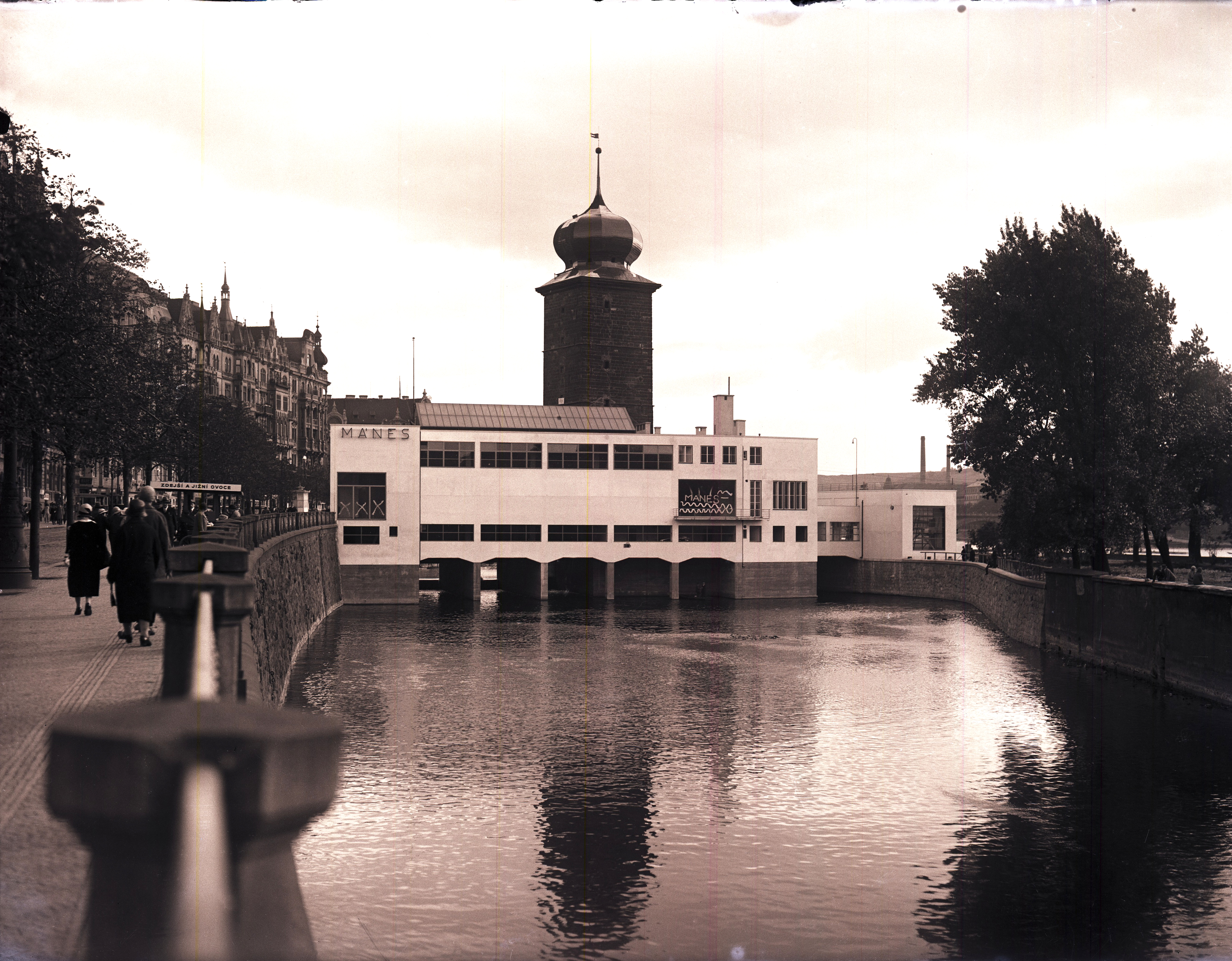In 2018 we are going to celebrate an important anniversary; 100 years from the establishment of the Czech Republic. Hand in hand with the modern history of the state goes also the history of architecture. Their development, observed in single phases, is going surprisingly fluently, almost as one. It can be seen that a new state in the heart of Europe was able to keep itself in contact with what is happening in Europe even in the hard times. Architecture can be considered as one of the means where the effects of the history are reflected like in a mirror. The aim of the new exhibition by the Playful Architect project and the Architecture Week project is to show how diverse the Czechoslovakian architecture has been in the past 100 years. In this time a great number of breathtaking buildings has been designed and build, from representative and residential buildings to sport or culture facilities.
For the next year there are three exhibitions coming up: a specialized one called “100 Years of the Czechoslovakian Architecture”, a smaller one focused on the Czech Capital Prague called “100 Years of Prague Architecture” and then internationally conceived exhibition of children’s works with an accompanying programme for the whole family “100 Years of Playful Architecture”.
The location of the single exhibitions offers unique premises for presentation. The exhibitions will be installed in a functionalist building Mánes Union of Fine Arts, where the space will correspond with the topic of the exhibition. The Mánes Gallery is located in the city centre and is popular amongst both Czech tourists and tourists from abroad, which will be beneficial for all the partners.
Czechoslovakia is not the only state established in 1918 and as the project “the Playful Architect” is from its very beginning conceived as an international festival and this year won’t be any different; as in past years, we are going to invite children from all over the world.
The creative part is intended for the third- and fourth graders, who together with their teachers, architects, art historians or heritage care experts, will as a class prepare six pictures and a short multimedia portrait of the local modern architecture.
Six authors of the pictures will be presented on the panel of single schools, where also the concrete names of the pupils will be stated. All the children will be eventually invited to the exhibition in Prague.
There were of course a lot of buildings built during the last century; of a diverse quality, from different points in time. Through children’s eyes we will observe how they perceive modern architecture: what they appreciate, what they find positive, what they dislike. We want them to tell us which building in their town they like, which they miss and which building, in their opinion, should be torn down.
At the same time, we want to inform them about architecture: explain what the purpose of each building was or still is; why does the building look like it looks. The explanation will be given in space and time, not only on a picture; because architecture is the easiest to comprehend where it stands and lives.


 Čeština
Čeština